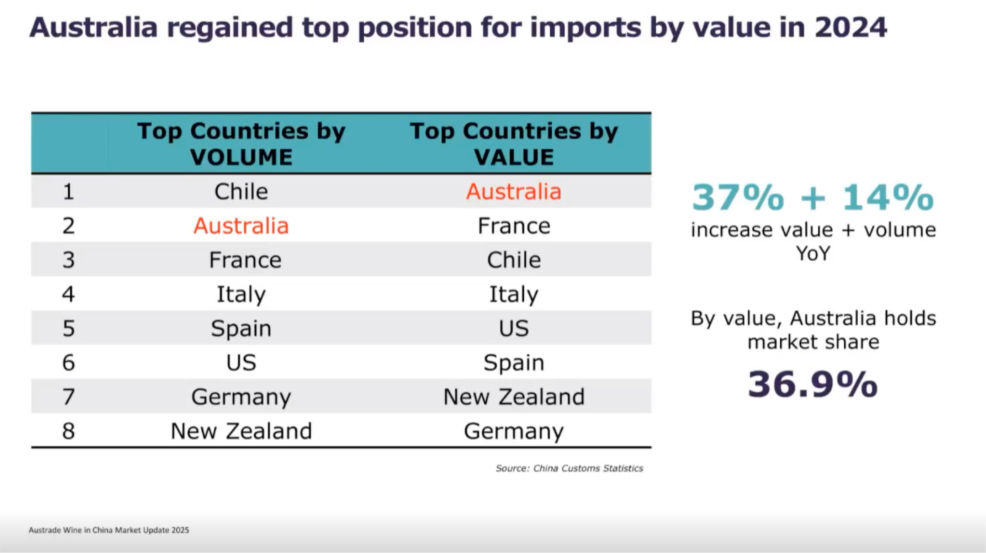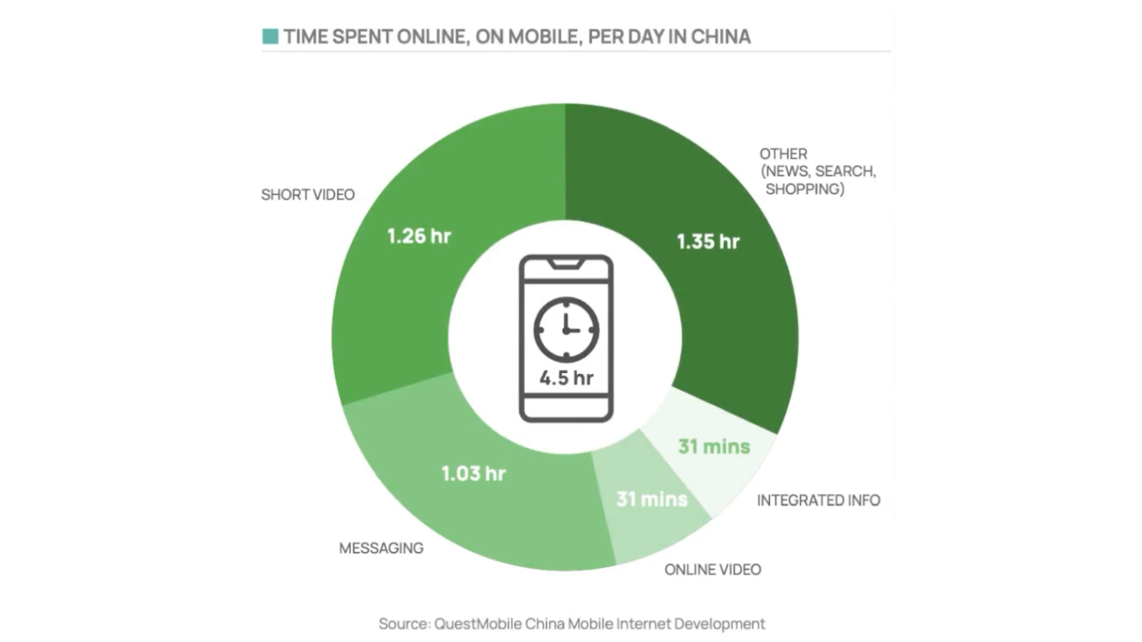06 / Dec
As trade relations improve and consumer preferences shift, China is once again emerging as a vital export market for Australian wine. A recent webinar hosted by Wine Australia shed light on how Australian wine is gaining traction in the Chinese market and explored the potential opportunities that arise amidst these changes.
Eric Yu, a Senior Partner at United Media Solution, was a guest speaker on the webinar, where he shared essential strategies for Australian wine brands aiming to thrive in the Chinese market. With a strong background in international trade and the FMCG sector, Eric provided forward looking insights to help brands stand out in this competitive landscape.
As China reopens its market to Australian wine, brands find themselves navigating both opportunities and challenges. In the recent China Wine Market Update 2025, Eric highlighted a crucial insight: to succeed in China, it’s essential to have a deep understanding of how consumers live, shop, and connect.

“Chinese consumers have completely skipped the desktop era,” Eric noted. He emphasised that the digital landscape is now entirely mobile-first, and if your brand isn’t designed to thrive in that environment, you’ll struggle to gain visibility. With most of consumers research, communication, and transactions occurring on smartphones, brands must rethink their digital presence to effectively engage consumers.
Eric highlighted the significance of being present on the platforms that truly matter. Apps like RedNote and Douyin have evolved beyond mere social spaces; they now serve as powerful discovery engines and shopping tools. Instead of viewing them as traditional advertising platforms, brands should concentrate on storytelling, education, and cultural relevance.
What resonates on one platform may not translate well to another. For instance, RedNote is more focused on lifestyle content, attracting strong engagement from young women in major cities. Meanwhile, Douyin operates at a rapid pace, heavily favouring short, creative video content. In contrast, WeChat plays a quieter, yet crucial role in nurturing relationships and fostering community. As Eric aptly stated, “It’s not about being everywhere; it’s about connecting in the right way with the right audience.”

In addition to selecting the right channels, Eric emphasised the importance of strategic positioning. While price remains a significant consideration for many consumers, quality and brand values are becoming increasingly important. Young drinkers are becoming more selective, seeking wines that resonate with their identities. Whether that means opting for organic ingredients, lower alcohol content, or distinctive labels and packaging.
Lauren Gilbert from Aus Trade, echoed this sentiment, pointing out the rising popularity of white and sparkling wines, particularly those that feature a lighter, fruitier, and more refreshing profile. She also pointed out that the stories behind the wines, including their origins, sustainability practices, and craftsmanship. These are key to helping brands forge deeper connections with consumers.
Localisation is crucial for success in China. Eric stated that it’s not merely about translation, it’s about ensuring a cultural fit. Brands need to get their setups ready for the Chinese market, which includes having the right website infrastructure, payment systems, and verified social media accounts. Without this solid foundation, efforts to boost visibility and engage consumers often fall flat.
The webinar clearly conveyed a sense of momentum paired with realism. There’s a renewed opportunity for Australian wine in China, but success won’t come from simply reverting to old strategies. Brands must dedicate time to understanding what contemporary Chinese consumers value, be it convenience, authenticity, or digital engagement. The market is indeed open, but it’s those who adapt and evolve with it who will be best positioned to succeed.
Related posts
No related posts.
Comments (0)